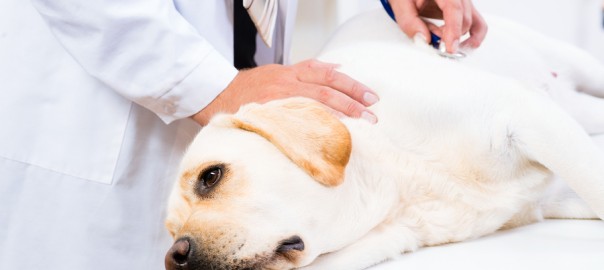In our weekly Pet Connection feature, we’re tackling the opioid crisis and how it’s impacting veterinary medicine:
If you don’t take pain medications or haven’t had surgery recently, you probably don’t think the opioid crisis you’ve been hearing about on the news has anything to do with you. But if you have pets, they could be affected. Not because they’re at risk of falling prey to drug dealers pushing controlled substances, but because pets who need surgery or treatment for acute pain are beneficiaries of the same pain-relieving medications used in humans.
A shortage of the medications — caused by a double whammy of inspection issues and production delays related to upgrades at a Pfizer facility in Kansas, plus a DEA-mandated 20 percent decrease in overall opioid production in an attempt to curb abuse by humans — means the drugs are less available for use in veterinary medicine.
Veterinarians use injectable opioids such as morphine, fentanyl, methadone and hydromorphone for surgical procedures and acute pain from trauma. Human doctors get priority when those and other opioid drugs are distributed, leaving veterinarians to scramble for ways to manage pain in pets.
Read more, including how to teach a new kitten to play nicely, in Pet Connection, the weekly nationally syndicated pet feature I co-write with Kim Campbell Thornton and my daughter, trainer Mikkel Becker.




